In Sanatana Dharma, the story of Ravana Anugraha or Ravana attempting to lift Mount Kailasa, the abode of Lord Shiva, is one of the most dramatic and iconic tales. This story showcases Ravana’s incredible strength and hubris, as he attempts to challenge the might of the gods themselves. However, the consequences of his actions are severe, as he incurs the wrath of Lord Shiva and his divine consort, Parvati. In this blog, we will explore the fascinating details of this timeless tale and uncover its deeper symbolism and meaning. Join us as we delve into the rich tapestry of Sanatana and discover the profound insights this story holds for our modern lives.
Kubera and Lanka:
The story goes to the time when the time has just begun. Brahma meditated so hard that one son was born from that meditation. That son was known as Pulatsya who later married Havirbhu, giving birth to a son named Vishravas. Sage Vishravas married to demi-goddess named Ilavia. Ilavia game birth to one deformed infant. This stunted dwarf had very pale skin, eight teeth, and three legs. They called him Kuber.
For ten thousand years, holding his breath underwater, Kuber did penance to Brahma. But Brahma did not answer. Then Kubera, standing on one leg, in the middle of the fire circle started praising him. After a few centuries, Brahma appeared in front of him and gave him boons. He made Kubera, one of the Ashta – Digpal. that is the protector of the north and, the god of wealth. Brahma felt pitty for his great-grandson, who was deformed, and hence, he gifted him a flying chariot, the same vehicle, we know as the Pushpak Viman.
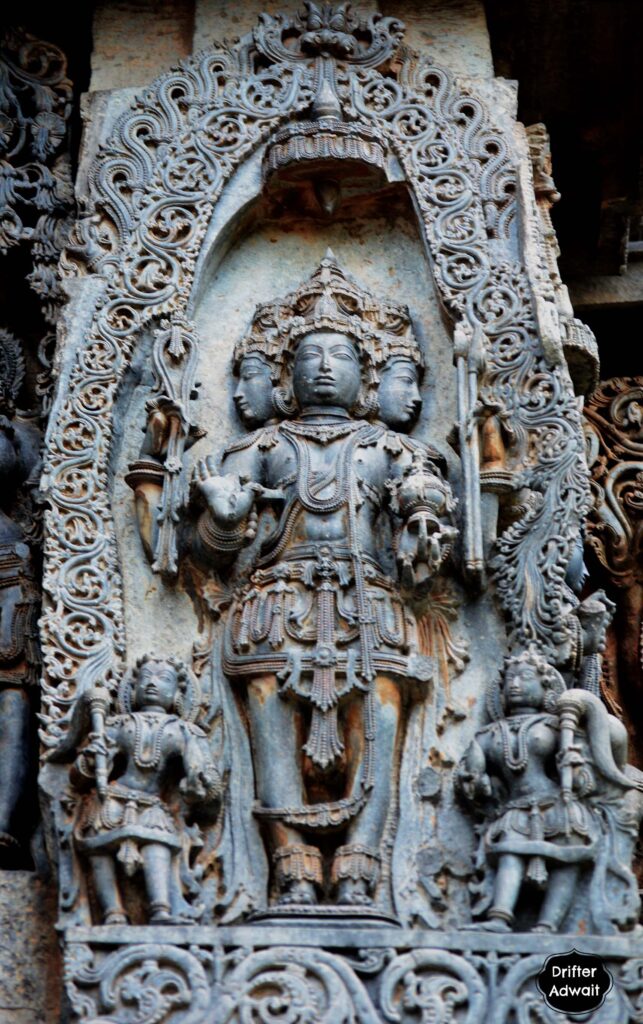
War for Lanka
Meanwhile, Vishvakarma, the architect of the gods, has designed and erected a city, completely made up of gold, situated on mount Trikuta, called Lankapuri. The city was so marvelous, it broke a war between gods and demons to win over the city. Three demon brothers Malyawan, Mali, and Sumali with the gargantuan army of Rakshas attacked the city and drove the gods away.
All the gods came running to Vishnu as usual. Angry Vishnu, immediately attacked the Lanka city and killed Mali with his Sudarshan Chakra. Seeing this, the remaining two brothers with their demon army retreated and hideaway in Patal Lok. Now, Lanka was deserted as Rakshas had moved out. Kuber saw that and took over the empty city. There, he performed penance for hundred years praising Shiva. Shiva gifted him the lead over the Yakshas who were roaming around in the universe aimlessly. Now, with all the yakshas, Kuber populated the Lanka and with his wealth, making it more charming, fascinating, and lively.
Ages passed by, but demon brothers Malyawan and Sumali never forgot their defeat and loss of their brother.
Mali’s Revenge
Meanwhile, Vishravas, father of Kuber was approached by a beautiful rakshasi named Kaikesi with a marriage proposal. He denied it immediately. After Kaikesi and her parents begged Vishravas many times, he was agreed to marry her. Her father was no other than the demon Sumali, who was blinded by the revenge on gods.
After marriage, Rakshasi Kaikeshi gave birth to three children naming them Dashanan, Kumbhakarn, and Vibhishan. From a young age, Sumali started putting things in his grandsons’ minds against their stepbrother – Kuber. The result was imminent. As three demon brothers went to do penance to Brahma and returned with legendary boons. Now, the stage was set for an act of revenge and to take back the great city of Lankapuri.
Under the leadership of mighty Dashanan, demons, again attacked the Lankapuri. After a ferocious battle between Yakshas and Demons, demons won and managed to chase Kubera away. While roaming around the invaded city, Dashanan found the celestial chariot Puskpak. He decided to take it for a drive. While flying over jungles, oceans, and desserts, he tried to fly over a particularly tall mountain. Due to some unknown force, his chariot could not get past the mountain.

With curiosity, he stepped down from Pushpak and started walking towards the peak. While he was on his way, he was stopped by a dwarf with the head of the bull. He asked Dashanan to step back as the mountain is called as Kailasa, and no one is allowed on that without Shiva’s or Parvati’s permission.
Ravana Lifts Mount Kailasa
Already drunk with his boons and Victory over Kuber, egoistic Demon king started laughing at the Dwarf named Nandi. He ridiculed Nandi over his looks and deformity saying, “Monkeys are better looking than you”. Even he started to mock Kailasa and how Lanka is so much prosperous than this pile of rocks and snow. Angered Nandi cursed him, that, the Lankapuri, on which he has so much pride, will be plundered and destroyed by the monkeys. Monkeys will be the ultimate reason for the defeat of the Demon King. Now agitated and insulted Ravana, with his twenty hands started lifting Kailasa mountain to show his strength.
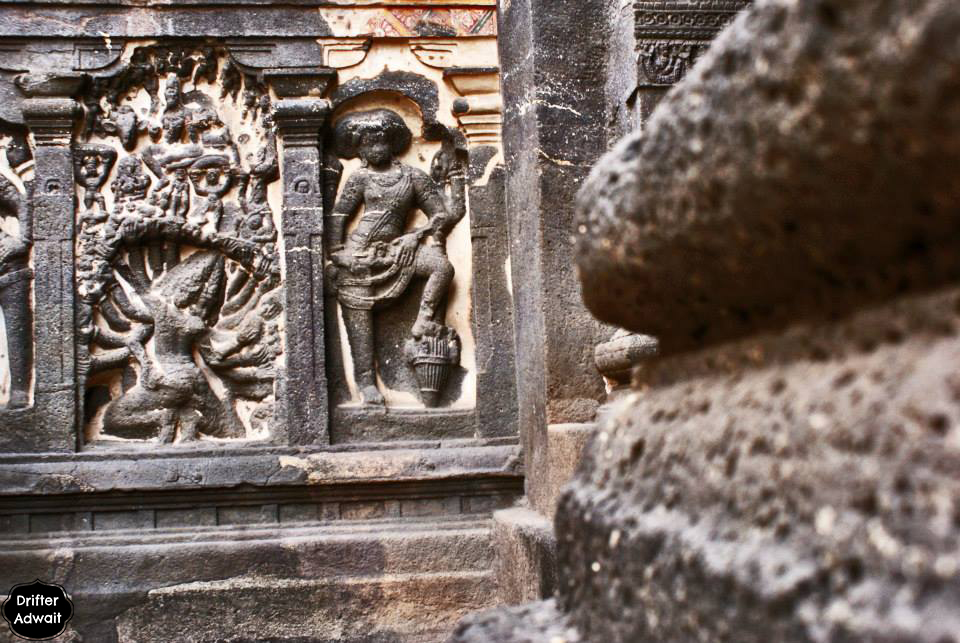
Shiva woke up from his meditation, as the mountain started shaking. Shiva came to know about the audacity of the demon. While Dashanan started lifting the mountain, Mahadev started pushing the mountain with just one toe. Now, Dashanan was in a life-threatening situation as he was not able to withstand the tremendous weight Mahadev was putting on the mountain.
The demon started shouting in agonizing pain as he was about to get squashed under Kailasa over a foolish pride. With his two hands, he cut his tendons and slashed one of his ten heads. With his own flesh, he made a string instrument called Rudra Veena and started singing, praising Shiva. After so many centuries over, the same song is still widely sung all over India. This song is called Shiv Tandav Stotra. US Indians do not differentiate who wrote it. If it feels right, if it resonates with our heart, we will praise the Shambho Nath by a song, once even created by a demon.
Pleased by his devotion, Mahadev freed Dashanan from the burden of Kailasa. Dashanan was shouting loudly, which echoed three worlds and put a fear in the hearts of Gandharvas, Yakshas, Kinnaras, deities, and humans. Henceforth, he was known as Ravan. (Raava means loudest and terrifying roar/shriek. The one who Shrieks loud -Hence Ravana). Mahadev gave his legendary sword named Chandrahasa to Ravan, along with Shiv Kavach – Armor of Mahadev.
Ravana Anugraha of Hoysala

Hoysala architects have mastery over depicting the incidents from Puranas. These pages from Puranas come to life when sculptured on the walls of the Hoysala Dynasty temples. One such finest example can be found on the outer walls of Hoysaleshwar Temple, Halebeedu, Karnataka in the form of Ravana Anugraha. Here, You can see Ravan is trying to lift the great Kailasa mountain. Twenty hands and five heads are visible. He is holding the sword, mace, shield, and few other weapons in his hands. With seven hands, he is trying to hold the mount Kailasa, but he is not able to do so due to the sheer pressure put on by Mahadev.
Unable to bear the burden, Lankesh is in lunges like position, one knee is getting rooted deep in the ground and now, he is struggling to stand up. His two left hands are trying to support his left leg, by pushing it up. Due to the unbelievable burden, his eyes are coming out of his eye sockets and his demon fangs are coming out from his mouth. One hand on the sword and one hand on the sheath, he is trying to remove his sword, so that he can chop his head and present it to Lord of the Lords Mahadev.
But our Hoysala artist did not stop there. He created the whole Kailasa above Ravana. You can see, this Kailasa has four floors with two Ashta Digpalas standing on each and, you will find Shiva and Parvati, sitting on the roof with parasols over their heads. Above the head of Ravana, you will see snakes hanging from the Kailasa. On the ground floor, you can see Indra, riding on Airavata on left and Yama riding a water buffalo on the right-hand corner of Kailasa.
In the middle, you can see Yaksha, Kinnaras, and Gandharvas, singing and dancing around the trees. Above that, you can find Agni with his consort Swaha, riding a ram. On the top floor, you can see Varuna with his wife Varuni, riding the majestic Makara. Just beneath the holy feet of Parvati and Mahadev, you can see Ganesh, and Sapt Matrika looking out from windows. In between all of these, you will see trees, animals, sages performing Yadnya, etc. Similar sculptures can be found in the Chennakeshava temple at Belur.
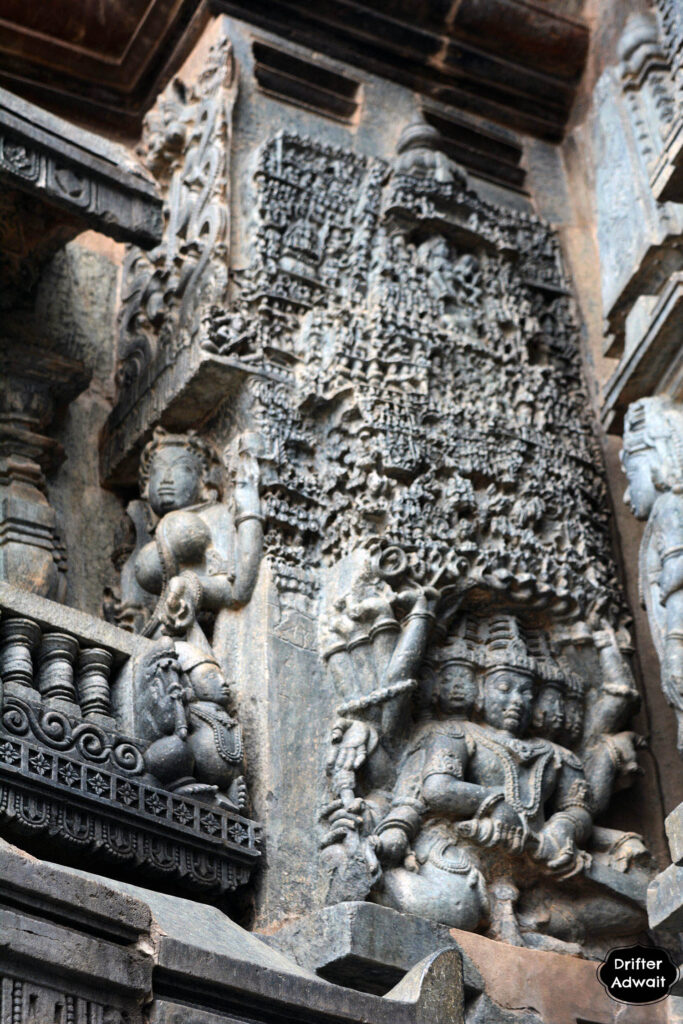
During medieval times, this type of sculpture was quite famous in the Indian subcontinent. Kailasa temple, Cave no 16 in Ellora, Maharashtra has depicted Ravananugraha with brilliance. Queen’s Palace, Jhansi has similar kinds of sculptures, where along with lifting Kailasa, Ravana is fighting with Shiva Gana (People of Shiva). In many sculptures, Ravana is shown with three heads and with six hands. One of the head will be that of donkey’s head. On one hand, he will be carrying Veena and in another, he will be carrying his sword. With third hand, he shall be pulling a leg of one of the attacking Ganas.
There is no mention of such a story in Valmiki Ramayana, However, Shiv Mahapuran and some other Puranas tell this story, with minor variations.

Our temples are not just places to worship. They were and still are, the schools. Schools where you can learn about your rich heritage, culture, art, philosophy, and even some totally brilliant stories. My knowledge of Ramayan was limited to bedtime stories, TV series, and a few books I have read when I was a kid. But why Ravana was called Ravana, who was the creator of Shiv Tandav Stotram, who was the creator of string instrument Veena, and why he lost his one head, was the information I was totally not looking for when I went to visit these thousand-year-old temples for the first time. Now, I have to visit them again, and again, as I explore them, I get to know more interesting stories from our Puranas.
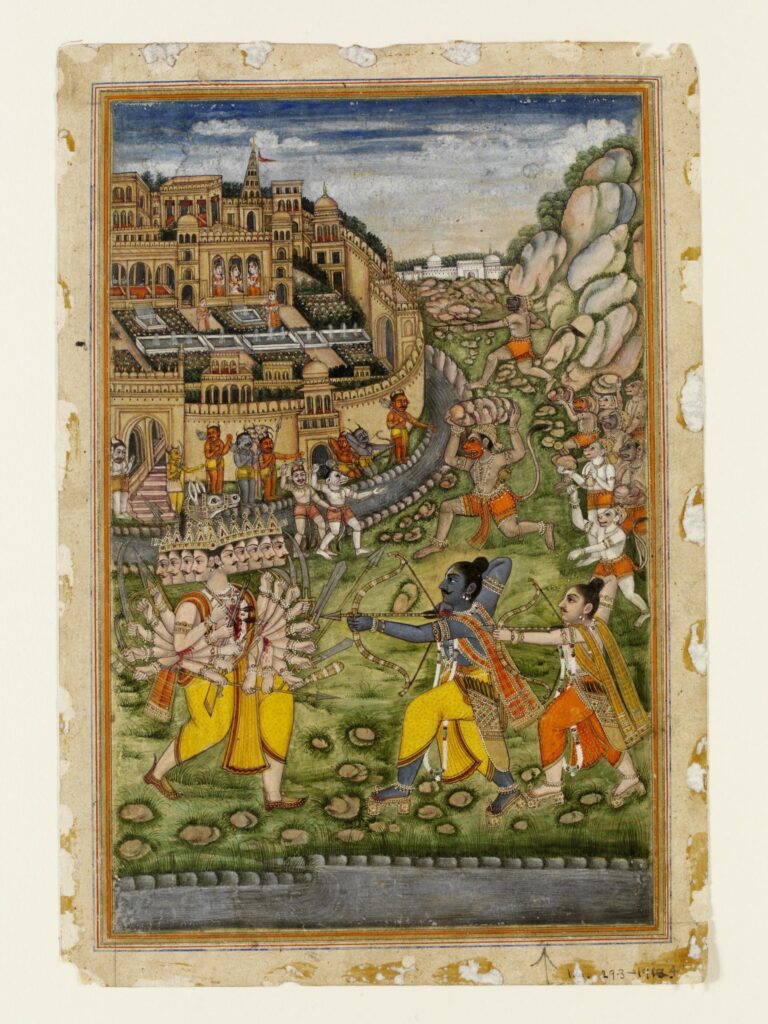
References:
1. https://glorioushinduism.com/2015/10/04/kubera/
2. http://hindumythologybynarin.blogspot.com/2013/06/story-of-raavan-lifting-kailash-and.html
3. Bhartiya Murtishastra, Dr. N P Joshi, Prasad Prakashan, Pune, Maharashtra
4. https://spokensanskrit.org/index.php?mode=3&tran_input=raav&script=hk&anz=100&direct=au

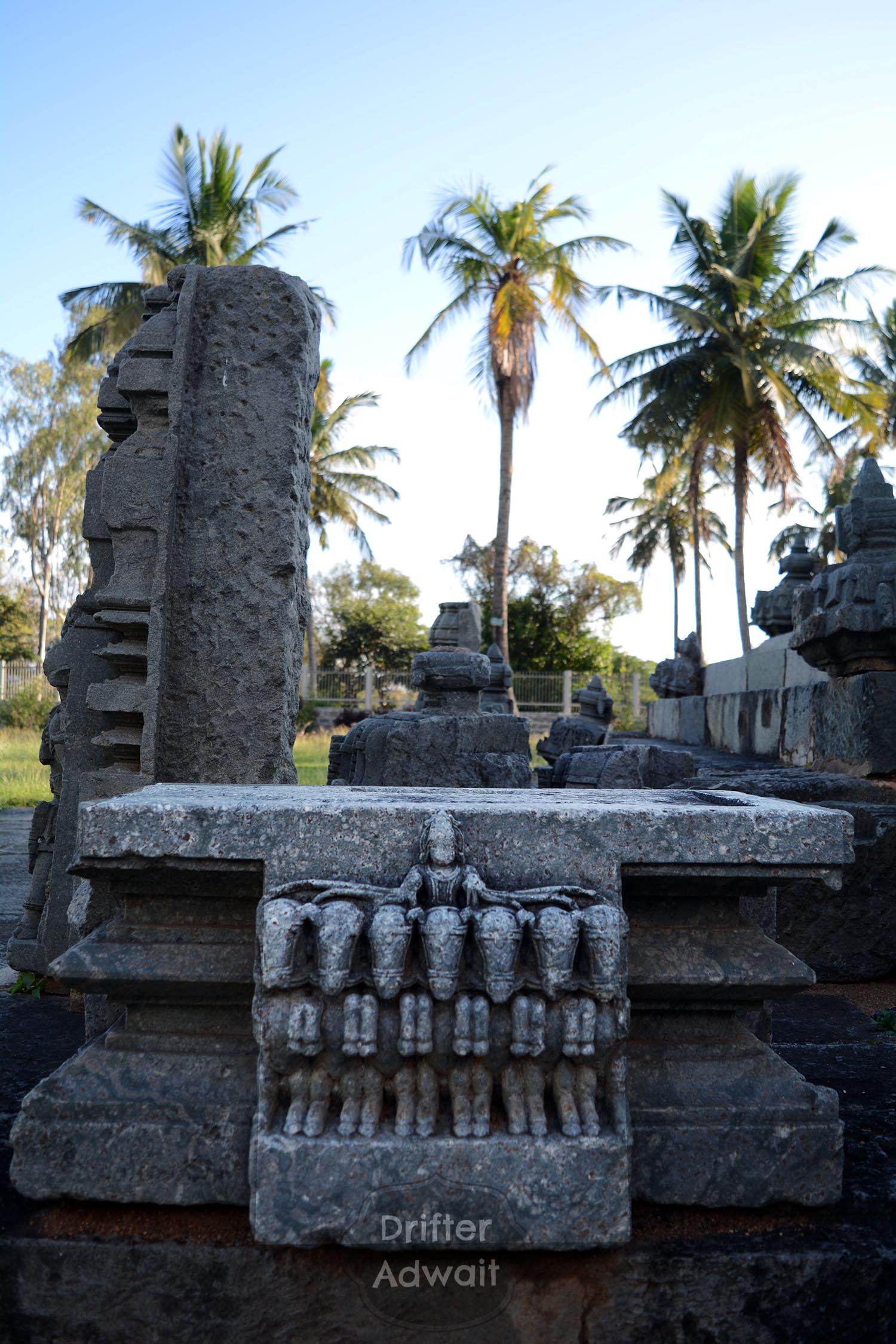
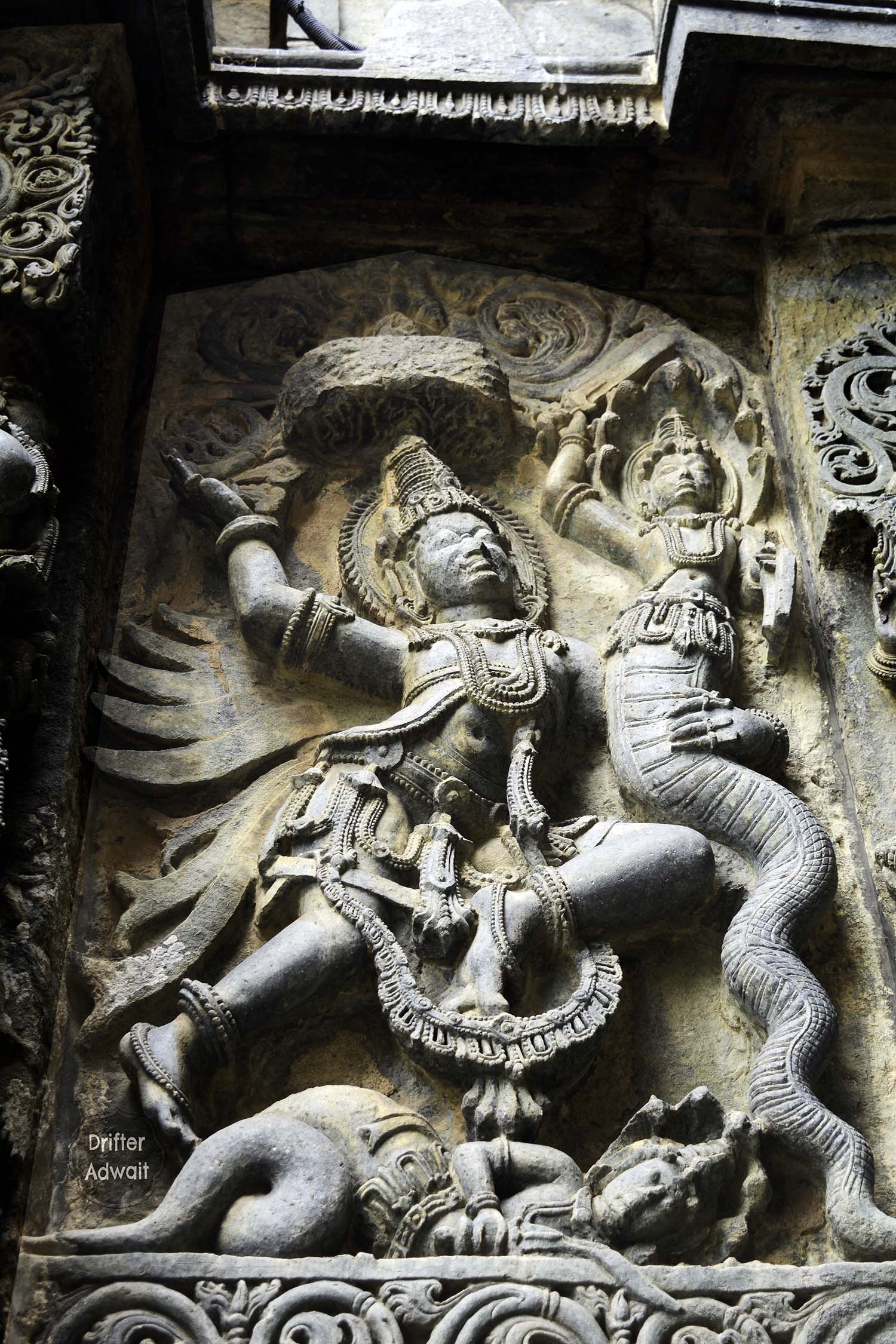

Absolutely mind blowing…really Advait , i have just seen them , identified and passed by during temple visits . This is for the first time i got this in depth information of this sculpture , solely due to u…..Thank you so much Advait ??
The Hoysalas were magicians of the stones. What they have created is beyond words. When we look on the outer walls of their temples, we miss many things. These temples call us again and again, and we find something new every time. Thanks for reading the blog sir.
Amazing!!!
Thank you Dhanashri. Indeed it’s a brilliant story. These are unknown stories from our Puranas. It’s our duty to pass them on to the next generations.
So much interesting story. You have described it beautifuly.
Beautiful !!